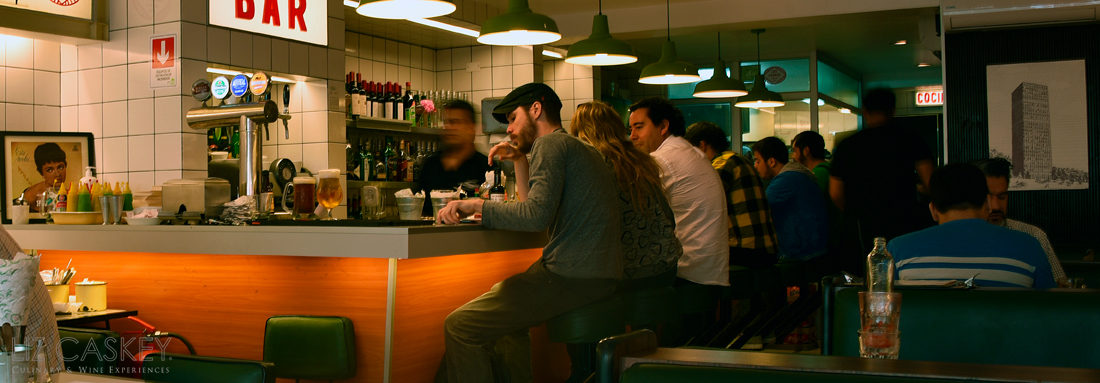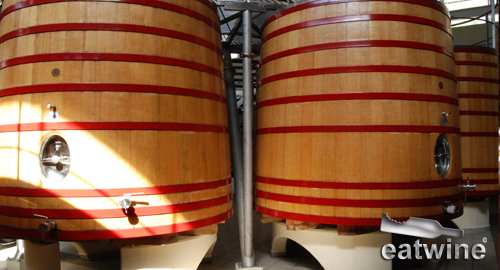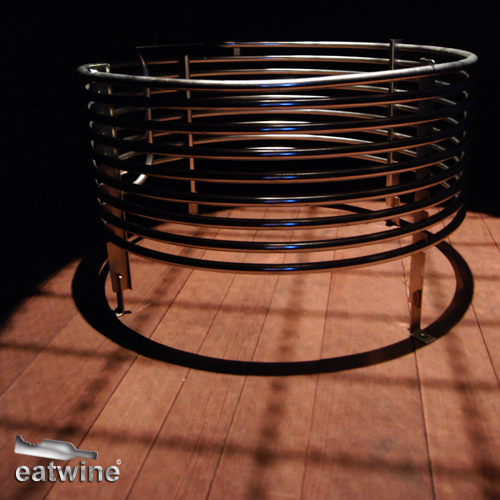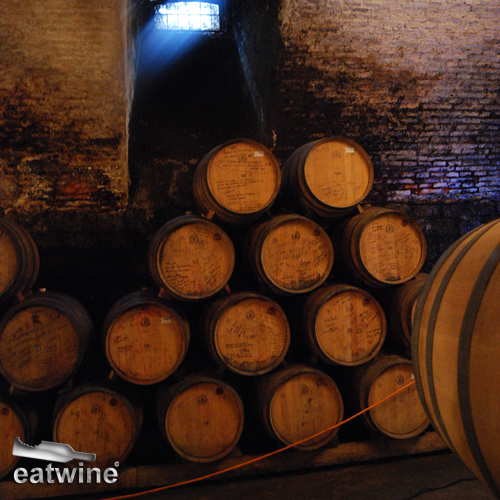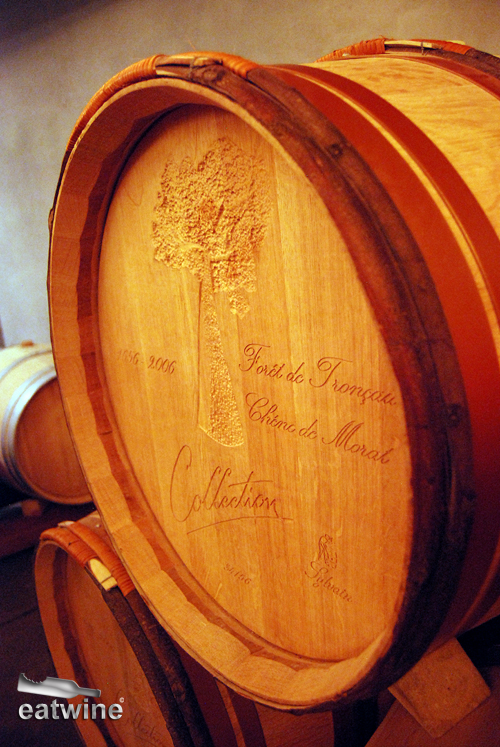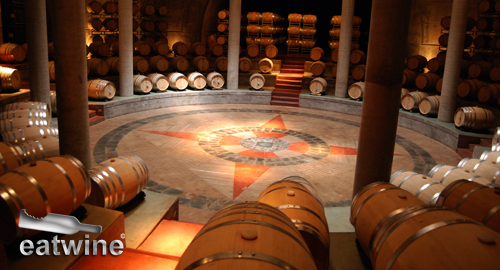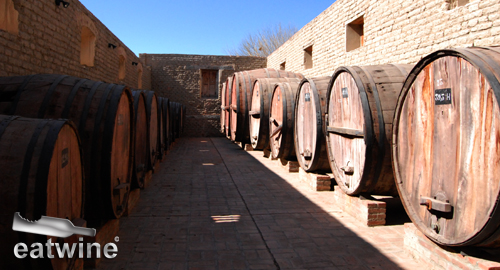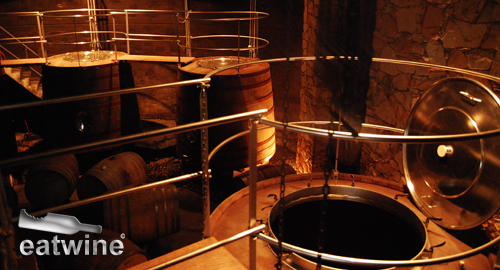How often do I hear our clients, when putting together an itinerary, say “All we need is the wine tasting. We don’t need to see a bunch of barrels.” I try to hide my dismay. Then I gently persuade them that understanding the use of barrels, usually tempting them with a horizontal (barrel) tasting, will open their minds and palates to experiencing how a wine evolves from grapes to the final product. It is part of a well-rounded wine education of any wine lover.
Barrels are important tools in the winemaking process from the aromatic qualities to the molecular chemistry that helps shape the personality of a given wine. Barrels are used in both white and red wines and while there is no particular formula as to how to select them for a given wine (all experimentation and trial and error), there are some general concepts to guide you.
As a cook, I became fascinated with the use of barrels as it seemed to parallel the use of spices in the kitchen. There are no rules but certain “flavor combinations”, such as vanilla, spice, smoke, cedar, and nut, certainly go together in enhancing and adding to a wine’s depth and complexity.
I spoke with a friend of mine, Claudia Gómez, general manager of Altair Wines, one of the top reference wines in Chile that is truly crafted like a grand cru. Claudia is a winemaker by profession, having studied in the prestigious Montpellier School in France. She has one of the most sensitive, honed palates of anybody I know so I recurred to her expert opinion on her perspective on the use of barrels in winemaking. She immediately remarked that for the winemaker, choosing the oak, toast, and age of the barrels can be almost as important as choosing the grapes for the wine.
Why Age Wine in Oak Anyways?
Not all wines need oak, necessarily. It all starts with the winemaker’s vision of the wine. Like any creative process, it is necessary to have a sense of the final product, an image in the mind. Then, work backwards while being open to working and interpreting with what nature, and the wine, gives you a particular year. When a winemaker decides to age a wine in oak, it’s first the evaluation of the wine and what the oak will bring to it—how they will fuse together and become more than the sum of their parts.
Let’s take white wines. Many whites are fermented in stainless steel but Chardonnay benefits from a certain percentage of primary fermentation in oak barrels. This increases the flavors along with the process of stirring the lees that serves to integrate the flavors from the oak to the wine, while keeping the fruit vibrant. In the case of reds, a large percentage of wines will benefit from malolatic fermentation, a secondary fermentation that converts the malic acid (a tart acid found in green apples) to softer lactic acid (common in dairy products). Malolactic fermentation in the barrel enhances texture (creamier), makes the wine suppler, while softening the oak influence.
Another important component of why to age in oak is a molecular process called polymerization of the tannins. I won’t be getting into this chemical process in this piece but you can read about on Wine Anorak. In a nutshell, it’s the small amount of oxygen exposure a barrel allows aids in taming and rounding wine tannins. It also helps the wine evolve in complexity and stabilizes its color.
The Cost of Oak
Next to the cost of grapes, barrels are the second highest annual winemaking expense for Altair and wineries of that calibur. At nearly US$1,000 per barrel for the finest French barrels, you can see this is a major annual investment. Cooperage, referring to the maestros who craft the barrels, is an art form. The top chateaux in France have their own coopers to carefully tend to this but more importantly it comes down to the time it takes to produce a barrel and the noble (raw) material.
So why France? It’s the tree terroir, if you will. The forests in central France like Nevers, Allier, and Limousin have been tended to since the age of Napoleon. Like grapes, wood character is influenced by environment and therefore varies by region—wood grain, flavor, and texture. When the oak is harvested, it’s hand-split (following the grain of the wood, softer tannins) and only 20 to 25% of the tree can be utilized. The wood is then air-dried for 2-3 years, being “seasoned” by the outdoors to fully develop its flavors and aromas. This is all before it ultimately taking the form of a wine barrel.
The Wine Spice Rack
When the wood is ready, the barrel is put together using heat to bend the wood staves into the rounded form we all know. As the wood is “toasted”, it takes on a huge range of flavors. Most wineries tend to go with the medium toast that hovers around aromas of vanilla, mocha, perhaps a little smoke. As the toast increases stronger aromas become dominant like caramel, tobacco, spicy notes.
One very important thing that winemakers mention is that the selection of barrels is, at first, an experiment. Winemakers often will select several barrels from different coopers, “brands”, and test them with small lots of wine. They evaluate, blend, and come to a percentage which works for them. This is important to underscore since even though two barrels may come from the same forest, the brand (and way they are prepared) yield wildly different results. It depends what you’re looking for. For example, there seems to be some consensus that Seguin Moreau, often coined the “Mercedes Benz” of barrels, works well with Bordeaux-style blends. Similarly, use of the Francois Frères brand is often with Burgundian wines like Pinot Noir. However, like everything in wine, it depends on a kazillion variables: vintage, grape, local terroir, and what wine you have in your head. Remember, wines have personalities and styles and they don’t change year-to-year. The subtle differences that do change reflect that year’s climate and the percentages in the blend to reflect the wine’s character.
Age Matters
Another critical decision winemakers must make when aging their wine is the number of uses of the barrel: new, 1 year, and 2 years old. Ever walk in a barrel cellar full of new fresh oak? Breathe deeply. It smells amazing. For me, it has an earthy, homey scent between a toasty-cookie smell, spice, and wine. That’s the potency of these new babies. Claudia estimates that after one-year of use, barrels loose as much as 60% of their potency. But wait a minute; the whole point of fine winemaking isn’t to cover the wine with oak. It’s to be integrated and balanced. Would you take your curry and spike it with ¼ cup cayenne pepper or cinnamon? Negative. Here’s where used barrels can be perfect. Sometimes you want slow oxygenation of the wine but the wine itself cannot handle a new barrel. Enter the second use barrel. You want a little of the oak nuances but not overpowering. This percentage is trial and error and sometimes, the vintage will dictate this. For example, in France in a good year, you could use a new barrel for Bordeaux. A less-than-stellar vintage? You’ll be sipping on wood. It’s about finding that perfect balance.
French v. American Oak & Oak Chips
The two most widely used types of oak today are French and American. There seems to be some question as to whether not one is better than another. They are simply different. American oak tends to be more intensely flavored than French oak due to the fact that American oak has two to four times as many lactones. Winemakers gravitate to American oak for bold, powerful reds, or for warm climate Chardonnay (particularly in California). Let’s keep this in mind—the raw material here, oak, are different species. As such, they have different grains and a completely approach to preparing the wood. American oak is dried in a kiln-oven. It is split with a saw so it produces twice as much, making the barrels much more economical. The wood grain is not as fine and so more oxygen enters the barrel producing a faster evolution of the wine to soften its tannic nature (hence the preference for “big” reds like Zinfandel). They are different animals. Enjoy your wine!
When booking your wine tour with us, if you’d like to learn first-hand about barrel tasting in Chile, Argentina or Uruguay, just let us know and we can customize your tour to include this fun and educational experience.
